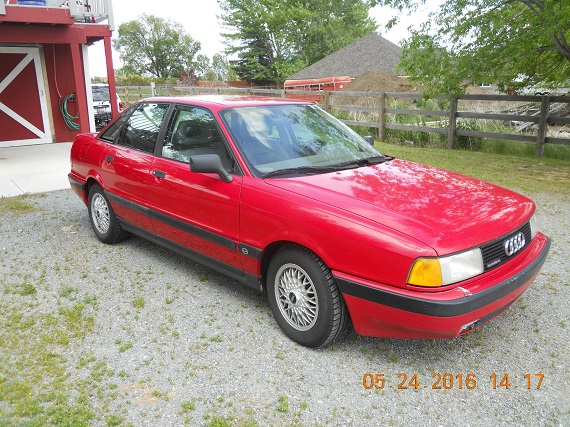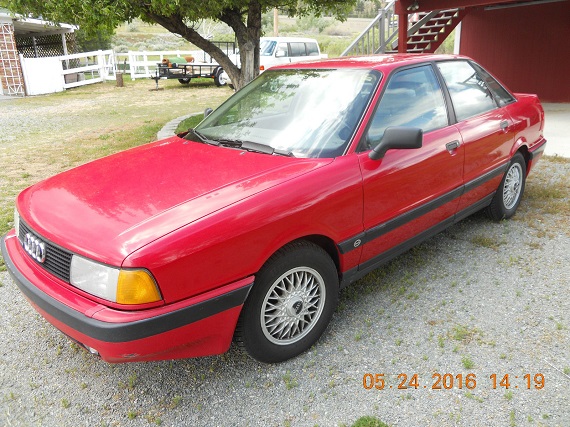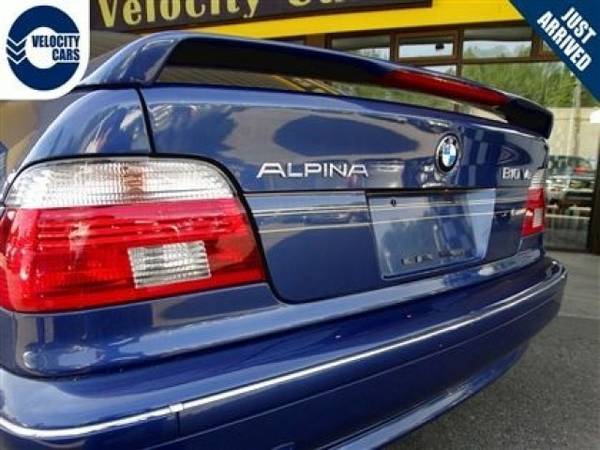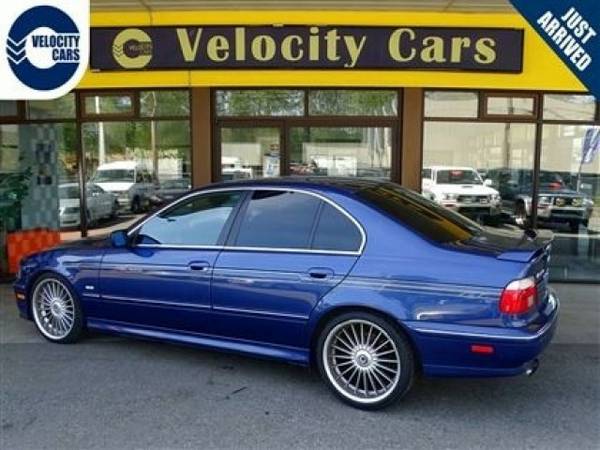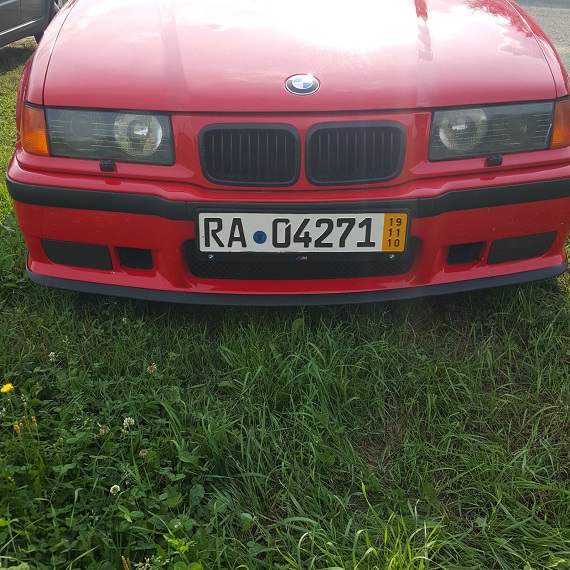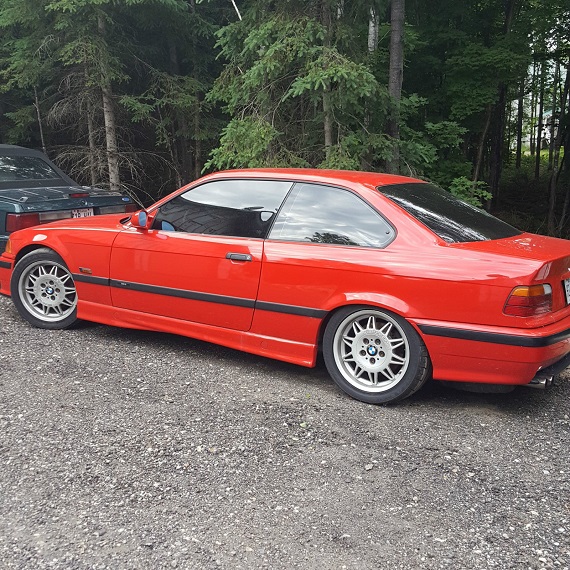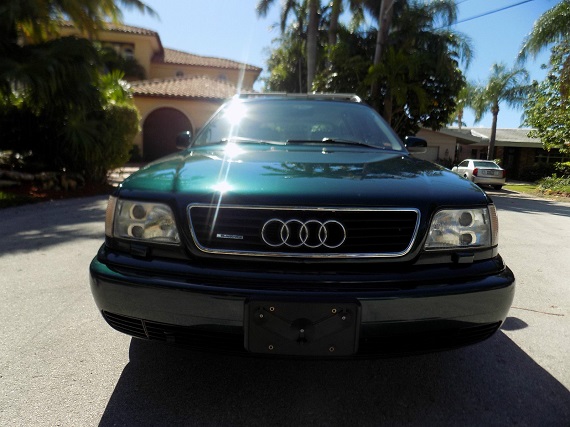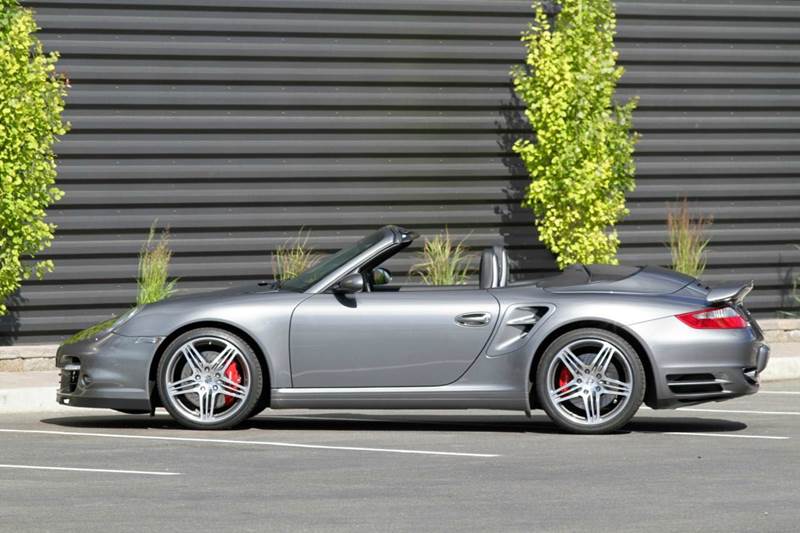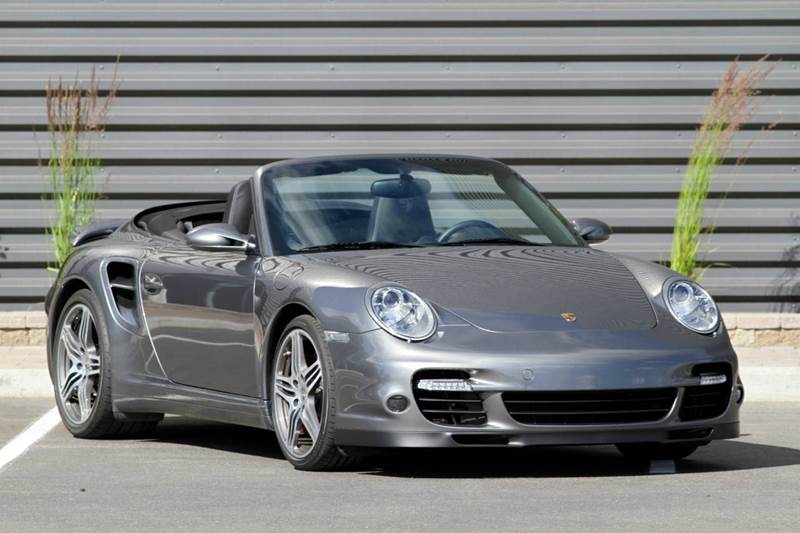For U.S. customers, 1992 rather quietly signaled the end of an era for fans of the small chassis. Starting in the early 1980s, Audi had offered their offbeat 5-cylinder motor in models like the 4000 5+5 and Coupe models, but it was really the rally success of the Quattro that put the 5-pot on the map. But the turbocharged variant was quiet expensive, so fans of Audi’s WRC campaign rejoiced in 1984 when the all-wheel drive platform became much more affordable in 4000 quattro form. In Europe, there were several variants and power plants available in 80 and 90 form, but U.S. customers only got the relatively high-spec 4000S/CS quattro. Audi revised the model lineup with the B3 model run, introducing the lower-spec 80 and the more luxurious (and later, more powerful) 90. When the 90 went to the DOHC 7A 20V inline-5, the 80 remained with the 10V 2.3 liter NG which had first appeared in the Special Build Coupe GT model. Though not hugely powerful and feeling slightly overwhelmed by the 80 quattro’s mass, it was a very smooth and fun to drive package capable of huge odometer readings. The package remained available until 1992, when life of the 80 ended in the U.S. as it was not upgraded to B4 specification. As with all Audis from the period, it sold in small numbers: Audi reported only 640 sold in 1992, with not many more sold in the years before it. As the book closed on the inline-5 with a whimper rather than a bang, it’s relatively infrequent to spot one of these late 80s:
Author: Carter
By the late 1990s, it was becoming increasingly difficult for tuners to compete with the stock offerings. Tightening emissions and safety regulations made getting turned up models harder to sneak past inspection, while simultaneously manufacturers were producing hotter models. The 540i is a great example, and you don’t need to look much further than the conundrum of the E34 M5 versus the various 540i Sport and especially M-Sport models. While the aluminum V8 may not have had the horsepower of the M5 model but only just, it had more usable torque and was (theoretically, at least) cheaper to run. It was so good, in fact, that supposedly when it came to the E39 model BMW was unsure if a M5 would be necessary in our market. So, it would seem to be the natural and easy choice to modify, right? Well, not so fast – because signature tuner Alpina had a problem. Its tried and true method of increasing displacement wouldn’t work on the M62 because you couldn’t bore out the special Nic/Alusil coated blocks. Game over, right? No. If you’re Alpina, you call up BMW and get them to make you a bigger motor:
CLICK FOR DETAILS: 1998 Alpina B10 V8 on Vancouver Craigslist
2 CommentsHot on the heels of Craig’s Mugello Blue RS4 Cabriolet, I spotted this Mugello Red M3 that looked quite familiar. A 1994 model, it’s a full European specification 286 horsepower car, meaning it’s the E36 that you wanted but BMW decided was too expensive to import. Back in 2014 when I first looked at this car was it a reserve auction, but as of now the first bid at $12,500 will get it. The current seller has taken a gamble with the no reserve auction format, but no information provided means the buyer would also be rolling the dice if you didn’t have the earlier description we do below. With only 4,000 more miles accrued, this hotter M3 is in above average condition with below average mileage and quite desirable package overall that is very affordable.
CLICK FOR DETAILS: 1994 BMW M3 Euro-spec on eBay
The below post originally appeared on our site October 12, 2014:
5 CommentsAudi’s priorities in the mid 1990s in regards to the U.S. market shifted, as they concentrated their efforts on reestablishing any semblance of market share with what would prove to be the very successful A4. The A4 itself was evolutionary rather than revolutionary, as it incorporated most of its technology from the existing platforms. Similarly, Audi backed away from its venerable turbocharged inline-5 platform; a new V6 had become the go-to option choice in both B4 and C4 platforms in 1992. It was far from sporty, but the combination of moderate V6 power, updated looks with the 1995 refresh of the chassis and legendary build quality resulted in what I consider the most Mercedes-Benz like car Audi built. THe A6 2.8 quattro was luxurious in a Spartan way; just enough power options, but not tech-heavy. It was quiet, comfortable, handsome and capable in a time when it still held the monopoly on all-wheel drive wagons – remember, this was the time when the widespread popularity of SUVs was still a generation away. You could even squeeze seven passengers in to a A6 thanks to the optional rear bench seat. They became vogue with the ski-set, and as a result few appear in the condition of today’s example:
